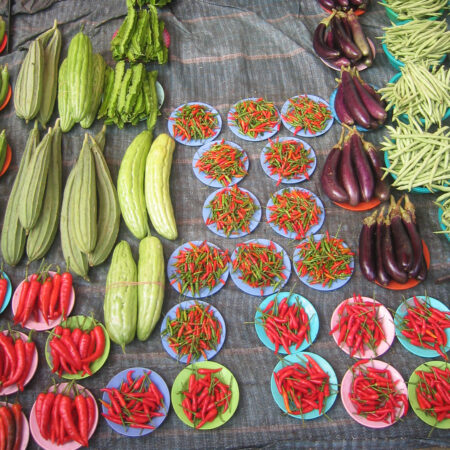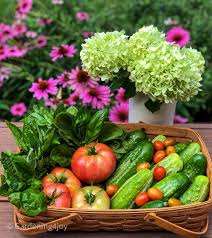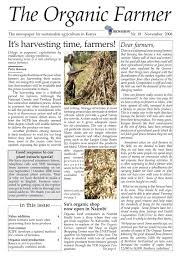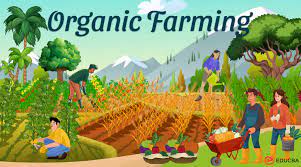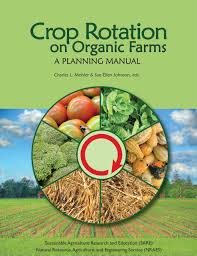
Organic farming crop rotation is a fundamental practice that significantly enhances soil health, pest management, and overall crop productivity within organic agricultural systems. This method involves systematically changing the types of crops grown in a specific area of land across different growing seasons. The core idea behind organic farming crop rotation is to break pest and disease cycles, improve soil fertility, and reduce the need for synthetic inputs, aligning with the principles of organic agriculture that emphasize sustainability and ecological balance.

One of the primary benefits of organic farming crop rotation is its role in maintaining and improving soil health. Different crops have varying nutrient requirements and root structures, which means that rotating crops can help to avoid nutrient depletion and soil degradation. For example, legumes, such as beans and peas, are known for their ability to fix atmospheric nitrogen into the soil, enriching it with this essential nutrient. When grown in rotation with nitrogen-demanding crops like corn or tomatoes, legumes can naturally replenish soil fertility without the need for synthetic fertilizers. This nutrient cycling helps to sustain soil productivity over time and supports the organic farming goal of minimizing chemical inputs.
In addition to improving soil fertility, organic farming crop rotation is a crucial strategy for managing pests and diseases. Growing the same crop in the same location year after year can lead to the buildup of pests and diseases specific to that crop. For instance, certain insects or pathogens may become more prevalent and establish strong populations if their preferred host is continuously available. By rotating crops, organic farmers disrupt these cycles and reduce the likelihood of pest and disease outbreaks. For example, rotating cereals with non-cereal crops can help break the lifecycle of cereal-specific pests and diseases, reducing the need for interventions and supporting natural pest control mechanisms.
Crop rotation also promotes greater biodiversity in farming systems. By varying the types of crops grown, organic farmers can create a more diverse and resilient ecosystem. Different plants attract various beneficial insects, such as pollinators and predatory beetles, which contribute to natural pest control and enhance overall farm health. Additionally, rotating crops can help prevent soil erosion and improve soil structure by incorporating different root systems and organic matter. This biodiversity supports the organic farming ethos of fostering ecological balance and reducing reliance on external inputs.
In organic farming, careful planning and implementation of crop rotation are essential for maximizing its benefits. Effective crop rotation plans typically involve a diverse mix of crop types, including grains, legumes, root vegetables, and cover crops. Farmers must consider factors such as crop compatibility, nutrient needs, and potential pest interactions when designing their rotation schedules. For example, a common rotation plan might include a sequence of legumes, followed by leafy greens, root vegetables, and then grains, with cover crops added during the off-season to enhance soil health and prevent erosion.
Moreover, organic farming crop rotation can also contribute to increased resilience in the face of environmental changes. Diverse crop rotations can improve soil structure and water retention, making farms more adaptable to varying weather conditions and reducing the risk of crop failures. For instance, deep-rooted plants can help improve soil drainage and reduce compaction, while cover crops can prevent soil erosion and improve moisture retention. By building a more robust and adaptable farming system, organic crop rotation supports the long-term sustainability of agricultural operations.
Despite its many advantages, implementing crop rotation in organic farming does require careful management and planning. Farmers must keep detailed records of crop rotations to track nutrient requirements, pest and disease patterns, and the effectiveness of different rotation strategies. Additionally, the transition to new crop varieties or rotation patterns may involve a learning curve and require adjustments in farming practices. However, the benefits of improved soil health, pest management, and farm biodiversity far outweigh these challenges, making crop rotation a valuable component of organic farming.
In conclusion, organic farming crop rotation is a vital practice that supports soil health, pest management, and farm biodiversity while aligning with the principles of organic agriculture. By systematically changing the types of crops grown and incorporating diverse crop types, farmers can enhance soil fertility, disrupt pest and disease cycles, and build a more resilient and sustainable farming system. Effective crop rotation requires careful planning and management but offers significant long-term benefits for organic farming operations. As organic agriculture continues to grow and evolve, the importance of crop rotation in promoting ecological balance and sustainability remains central to its success.



